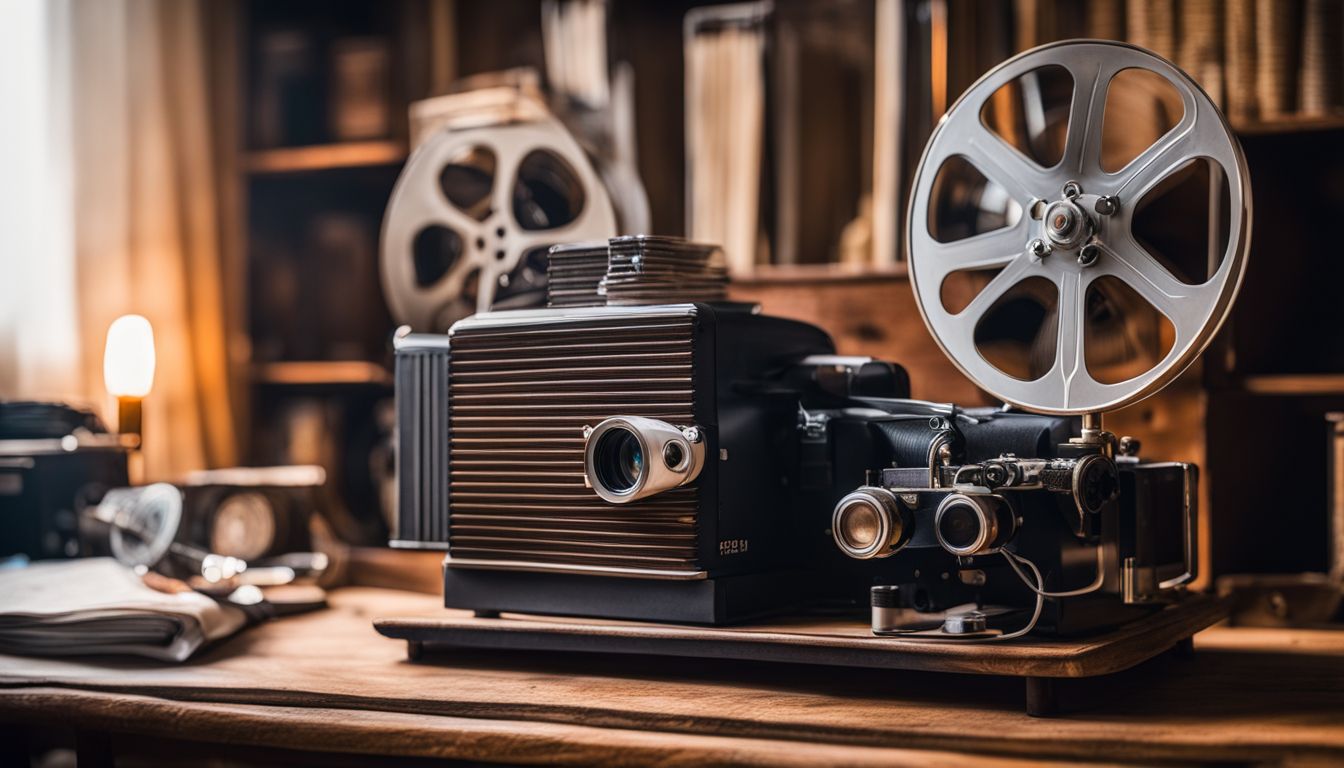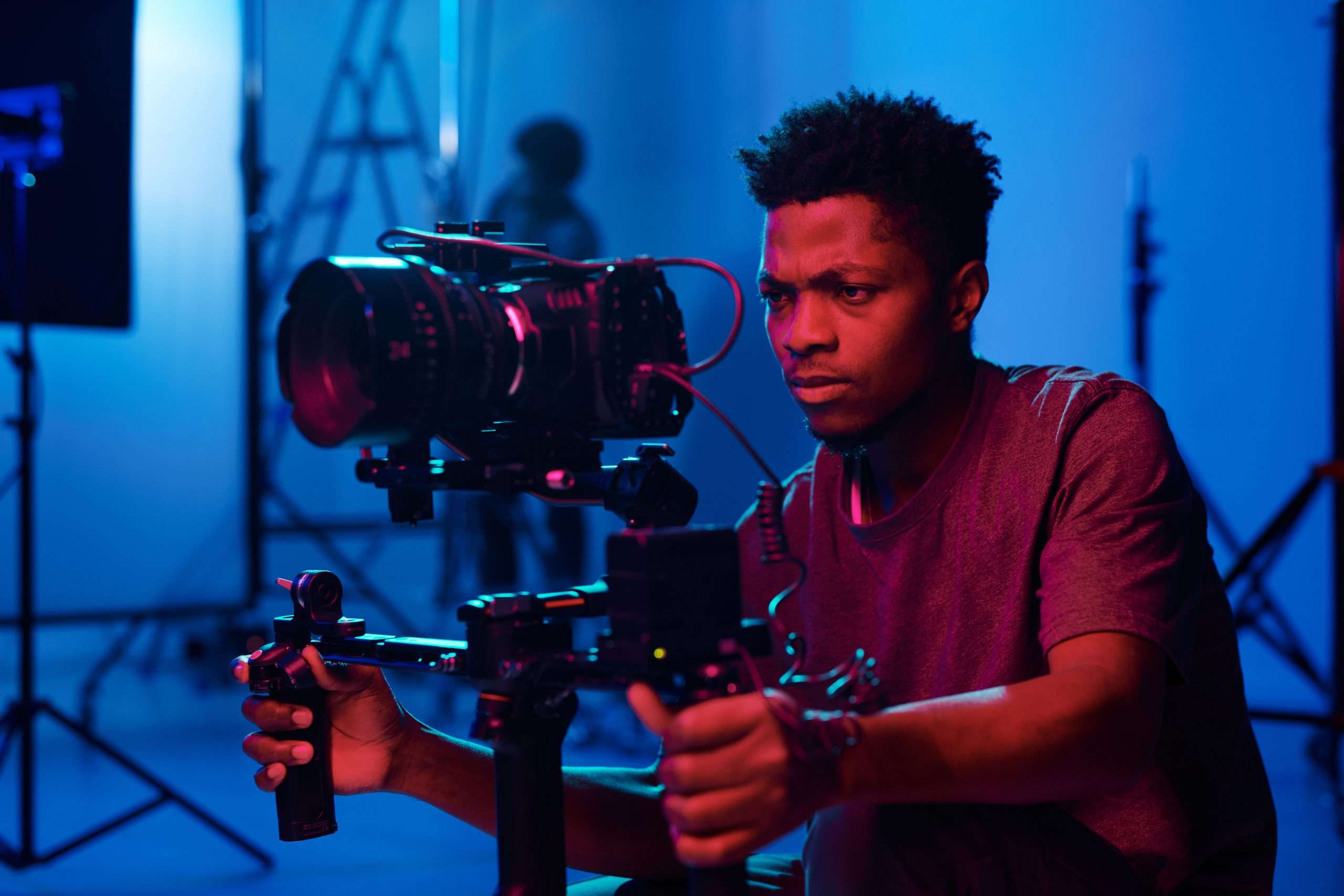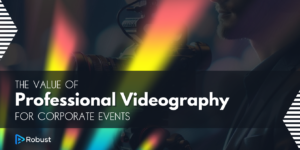Key Takeaways
- The three main types of filmmaking are live – action, animation, and documentary.
- Film styles refer to the visual and technical techniques used in filmmaking, while film genres categorize movies based on their themes and settings.
- Understanding different film styles such as film noir, documentary, and German expressionism can enhance the storytelling in films.
- Different film genres like action, comedy, and drama offer unique experiences for audiences by providing thrilling action sequences or evoking laughter or intense emotions.
Understanding Film Styles and Genres
 Film styles refer to the visual and technical techniques used by filmmakers to tell a story, while film genres categorize movies based on their themes, settings, and narrative structures.
Film styles refer to the visual and technical techniques used by filmmakers to tell a story, while film genres categorize movies based on their themes, settings, and narrative structures.
What is a film style?
A film style is like a special mark that makes films unique. You can tell who made a film by its style. It’s how the filmmaker uses camera angles, lighting, and sound to tell the story. Think of it as an artist’s brush on canvas. The way they paint helps us know it’s their work. Some filmmakers love to use bright colours or loud music, while others prefer soft tones and quiet sounds. Each choice shapes the film and helps draw us into the story they want to share with us.What is a film genre?
A film genre is a category. It groups movies that share common traits. Like action, comedy or drama films. An action movie often has fast-paced scenes and stunts. Comedy films aim to make you laugh with funny moments and jokes. Drama movies show more serious stories about life and people’s experiences. Film genres are very useful in filmmaking and for the audience too. They help us decide what kind of movie we want to watch or make. We pick a genre based on our mood or interest at any given time.The difference between film style and genre
Film style and genre are not the same thing. Film style is how we make a film. It includes things like lighting, camera positions, and exposure. A horror film could have dark and spooky styles or a romance could use soft light for warm feelings. But film genre tells what the story is about. Genres include action or comedy or fantasy among others. An action movie might show brave heroes in risky fights while a comedy makes people laugh with funny jokes and situations. So, one is about making the movie look a certain way—the other tells the kind of story it will be.Exploring Different Film Styles
 Film noir, documentary, and German expressionism are three distinct film styles that have had a significant impact on the art of filmmaking.
Film noir, documentary, and German expressionism are three distinct film styles that have had a significant impact on the art of filmmaking.
Film noir
Film noir is a dark and stylish film style. It comes from the 1940s and 1950s. It shows the dark side of people’s lives with mystery, crime, and bad guys. The shots are often at night in cities with wet streets. The lighting is low and shadows are long to show danger or trouble ahead. Often, these films feature detectives or other heroes trying to solve crimes while dealing with their own issues too. We see lots of suits, fedora hats and vintage cars in these films. Film noir uses sharp angles which adds to the strange feeling as if something bad will happen soon.Documentary
Documentaries are a film style that shows real life. They tell the true story of people, places, or events. Many times, they want to teach viewers something new or reveal truth about our world. These films use many types of footage like interviews and shots of real events. The making of documentaries is known as documentary filmmaking. It needs a lot more research than other film styles because everything shown should be true. Documentaries have become very popular in recent years thanks to online platforms where we can watch them easily from home.German expressionism
German expressionism is a film style that came from Germany. It started in the early 20th century after World War I. This film style shows deep emotions and ideas. They use shadows, angles, and sharp lines to do this. People say Caligari was the first German expressionist movie. It was crazy with its twisted shapes and strange looks. German expressionism went on to influence many things like Horror movies and Film Noir.The Intersection of Filmmaking and Video Editing
Film making and video editing go hand in hand. After we shoot the scenes, it’s time for post-production. This is the part where we make sense of all the shots. In this stage, our film gets its final look. Video editing is crucial to making a good film. We use it to tell a story in a clear way. It helps us correct errors made during shooting. With it, we can add special effects that were not there before. Our dialogue becomes cleaner, and sound design adds depth to our world. We also fit music in at this point of production. The right score makes our movie more engaging and emotional. In short, without video editing, our films won’t be as captivating or clear!Exploring Different Film Genres
In this section, we will explore various film genres such as action, comedy, and drama.Action
Action films are one of the most popular genres in filmmaking. They typically feature fast-paced, thrilling scenes with a lot of physical action and excitement. In these films, we often see intense fight scenes, car chases, and explosions. The main characters are usually heroes who face dangerous situations or villains that they must defeat. Action films aim to keep audiences entertained and on the edge of their seats throughout the movie. They can be a great way to escape reality and experience adrenaline-pumping adventures from the comfort of our own homes or at the cinema with friends and family.Comedy
Comedy films are a type of filmmaking that aims to make audiences laugh and feel entertained. They often include humorous situations, funny dialogue, and comedic performances. Comedy can be found in various genres such as romantic comedies, slapstick comedy, or satirical comedy. These films use humor to tell stories and provide amusement. Some famous comedy filmmakers include Charlie Chaplin, Buster Keaton, and Woody Allen. Comedy is an important genre in filmmaking as it brings joy and laughter to people’s lives while providing a break from serious or dramatic themes.Drama
Drama films are a popular genre in filmmaking that focus on intense emotions and character development. These movies often depict conflicts, relationships, and personal struggles. With their realistic portrayals of human experiences, drama films aim to evoke empathy and emotional responses from the audience. They can tackle various themes such as love, loss, family dynamics, or societal issues. Drama films use cinematography techniques to enhance storytelling, including lighting and camera positioning to create mood and atmosphere. They also rely heavily on strong performances from actors who bring the characters to life. Overall, drama films provide a platform for exploring complex human emotions and telling compelling stories that resonate with audiences. Overall Tone of Voice: InformativeThe Importance of Film Styles and Genres in Filmmaking
Creating a specific mood and atmosphere is crucial in film styles and genres, as it helps to immerse audiences in the story being told.Creating a specific mood and atmosphere
Filmmakers use different techniques to create a specific mood and atmosphere in their films. They do this by carefully choosing elements such as cinematography, lighting, and sound design. For example, in horror films, filmmakers often use low lighting and eerie music to create suspense and fear. In contrast, romantic comedies may have bright lighting and lively music to evoke feelings of happiness and love. The combination of these elements helps set the tone for the film and allows audiences to connect with the story on a deeper level.Attracting and engaging audiences
To create a successful film, it’s important to attract and engage audiences. Filmmakers achieve this by understanding the preferences and interests of their target audience and tailoring their films accordingly. Different film styles and genres play a crucial role in attracting viewers. For example, action-packed films with thrilling stunts and intense sequences are likely to appeal to fans of adrenaline-pumping entertainment. On the other hand, romantic comedies with heartwarming stories often capture the attention of those seeking lighthearted and feel-good experiences. Furthermore, filmmakers use various techniques to keep audiences engaged throughout the film. This includes effective storytelling through compelling narratives, well-developed characters that viewers can relate to or invest in emotionally, and captivating visuals created through cinematography techniques such as clever camera angles or stunning lighting effects.Conclusion
In conclusion, understanding the different types of filmmaking is essential for aspiring filmmakers. The three main types are live-action, animated, and documentary. Each type has its own unique characteristics and techniques that contribute to telling captivating stories on the big screen. So whether you’re interested in capturing real-life events or creating imaginary worlds, exploring these types of filmmaking can open up a world of creative possibilities.Which Type of Filmmaking Requires Special Equipment?
When it comes to videographer equipment choice, certain types of filmmaking demand special tools. For instance, aerial cinematography necessitates drones or helicopter rigs for capturing stunning overhead shots. Underwater filmmaking, on the other hand, requires waterproof cameras and housing to document marine life with clarity. Each genre of filmmaking demands its own set of specialized equipment for optimal results.
Are the three types of video editing the same as the three types of filmmaking?
There are distinct differences between the three types of video editing and the three types of filmmaking. While video editing involves the post-production process of manipulating and arranging footage, filmmaking encompasses the entire production process, including pre-production and production. Both fields require unique skills and techniques, but they serve different purposes in the realm of visual storytelling.
How is the Rule of Thirds used in the three types of filmmaking?
In filmmaking, the rule of thirds application plays a crucial role in framing shots effectively. In narrative filmmaking, this technique guides filmmakers in placing important elements on the intersecting lines. In documentary filmmaking, it helps capture subjects naturally within the frame. In experimental filmmaking, it presents an opportunity to create unique and dynamic compositions. Understanding and utilizing the rule of thirds is fundamental in creating visually engaging and balanced scenes in all types of filmmaking.






